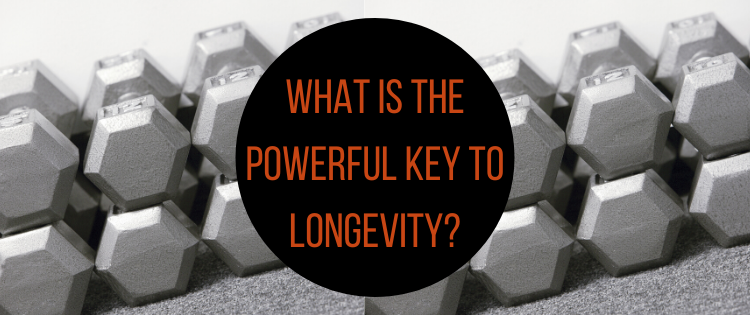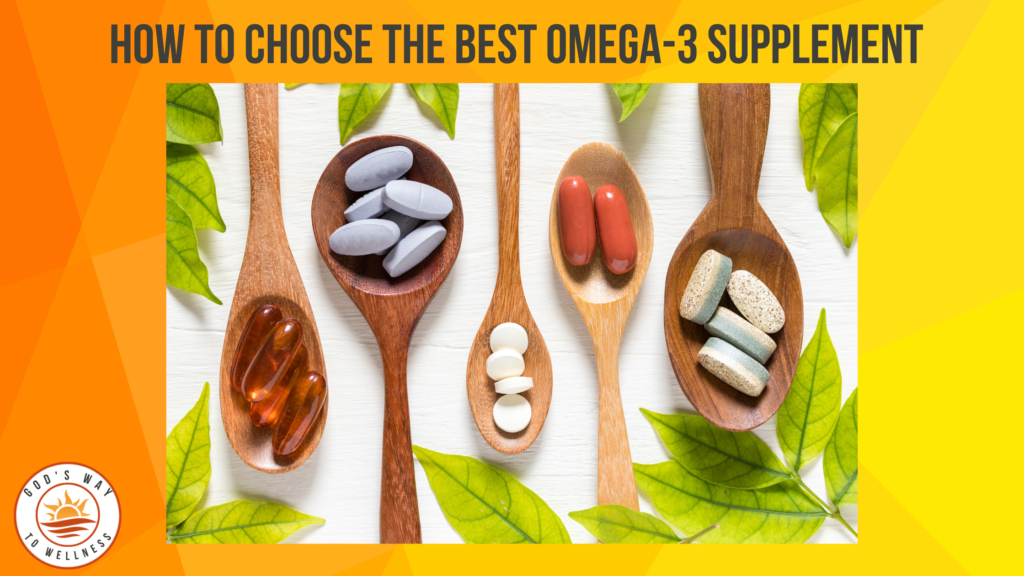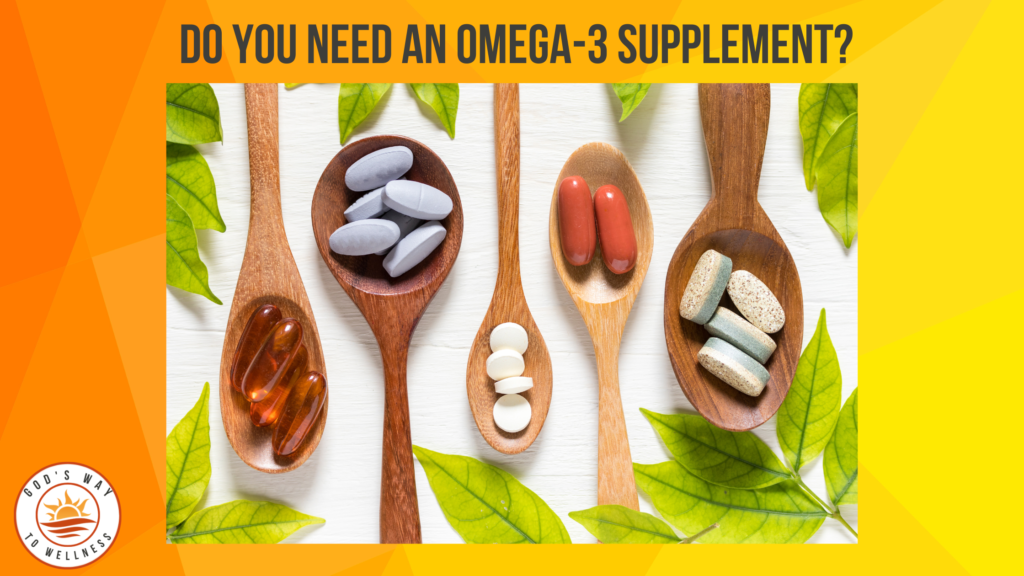Remarkably, George Burns lived 100 years despite smoking cigars from the age of 14. George proclaimed, “If you ask what is the single most important key to longevity, I would have to say it is avoiding worry, stress and tension. And if you didn’t ask me, I’d still have to say it.” 1
However, consider another equally powerful key to longevity. Loss of muscle mass as we age, called sarcopenia, is a risk factor for chronic disease, functional limitations, physical disability, injury from falls, and even premature death. 2
So, how can we remain active and independent as we age? Prevent sarcopenia, and discover the powerful key to longevity.
Consume adequate dietary protein
What is protein?
Protein is one of three macronutrients (the other two are fat and carbohydrates). Proteins are the building blocks of every tissue of the body. Twenty amino acids comprise the building blocks of proteins. Nine amino acids are classified as essential because they cannot be manufactured by the body and must be obtained from food. 3
Protein sources include meat, poultry, eggs, seafood, legumes, grains, vegetables, nuts, seeds, and dairy products.
How much protein do we need?
The current recommended daily allowance (RDA) for protein is 0.8 grams per kilogram of body weight. (Multiply your weight in pounds by 0.36 to calculate your protein RDA.) This amount is adequate to prevent disease but not necessarily enough to promote health.
For instance, recent evidence reveals older adults need more dietary protein to support good health and maintain functionality. The PROT-AGE study group recommends an average daily intake of at least 1.0 to 1.2 g protein per kilogram of body weight per day. 4
Why plant-based protein is not adequate as you age
Many plant-based protein sources are not complete proteins. This means they lack one or more essential amino acids. As a result, supplementation of these amino acids is necessary for a vegetarian or vegan diet. (However, quinoa is one of the few complete plant-based protein sources.)
Therefore, consider the quality of dietary protein sources. Plant-based protein sources such as beans, nuts, seeds, and quinoa supply more calories per gram of protein. So you must consume more calories to get the equivalent amount of protein. As a result, excess consumption of calories may lead to weight gain.
For example, a 3-ounce boneless chicken breast supplies 28 grams of protein and 141 calories. You would have to eat 3.5 cups of quinoa at 777 calories to get the same amount of protein. 5
Participate in strength training
Skeletal muscle is the largest organ of the body. Building and maintaining muscle is crucial to a healthy body. In addition, healthy muscles aid in burning fat and losing weight.
In fact, as we age, loss of muscle mass is often associated with an increase in fat mass. This may lead to a condition called sarcopenic obesity, characterized by marked weakness and frailty.
Most noteworthy, current research shows exercise, specifically strength or resistance training, improves muscle mass and delays the onset of physical disability in the elderly.6
Summary
In conclusion, discover the powerful key to longevity by consuming adequate dietary protein and taking part in strength training. As a result, enjoy more vitality, agility, and energy. And maybe even live to be 100 like George Burns!
References
- https://www.brainyquote.com/topics/longevity-quotes
- https://www.ncbi.nlm.nih.gov/pmc/articles/PMC4269139/
- https://www.healthline.com/nutrition/essential-amino-acids
- https://www.ncbi.nlm.nih.gov/pubmed/23867520
- https://www.todaysdietitian.com/pdf/webinars/ProteinContentofFoods.pdf
- https://pubmed.ncbi.nlm.nih.gov/19507462-role-of-adapted-physical-activity-to-prevent-the-adverse-effects-of-the-sarcopenia-a-pilot-study/
Bonus Content
One easy way to eat more protein is to include it in breakfast. So many traditional breakfast dishes such as cereal, toast, bagels, and pancakes are high in carbohydrates and are loaded with sugar. Of course, eggs or veggie omelets are great choices.
My favorite high protein breakfast is a quinoa bowl. Here is a recipe, but feel free to improvise. Mix the following in a bowl: leftover quinoa and vegetables from dinner the night before, some black beans, and sliced avocado (for some healthy fat). Top with two fried or poached eggs and some salsa. Yum!



